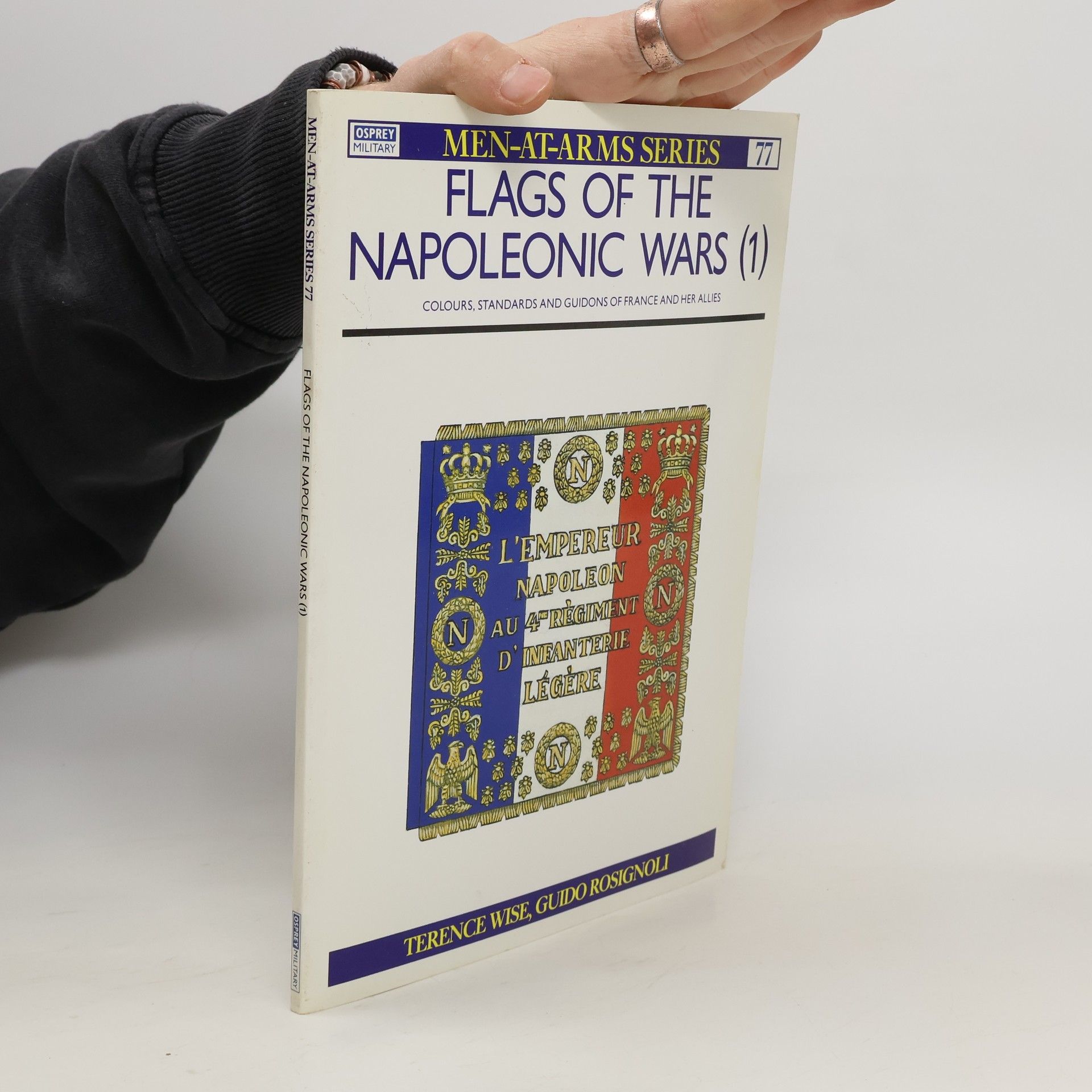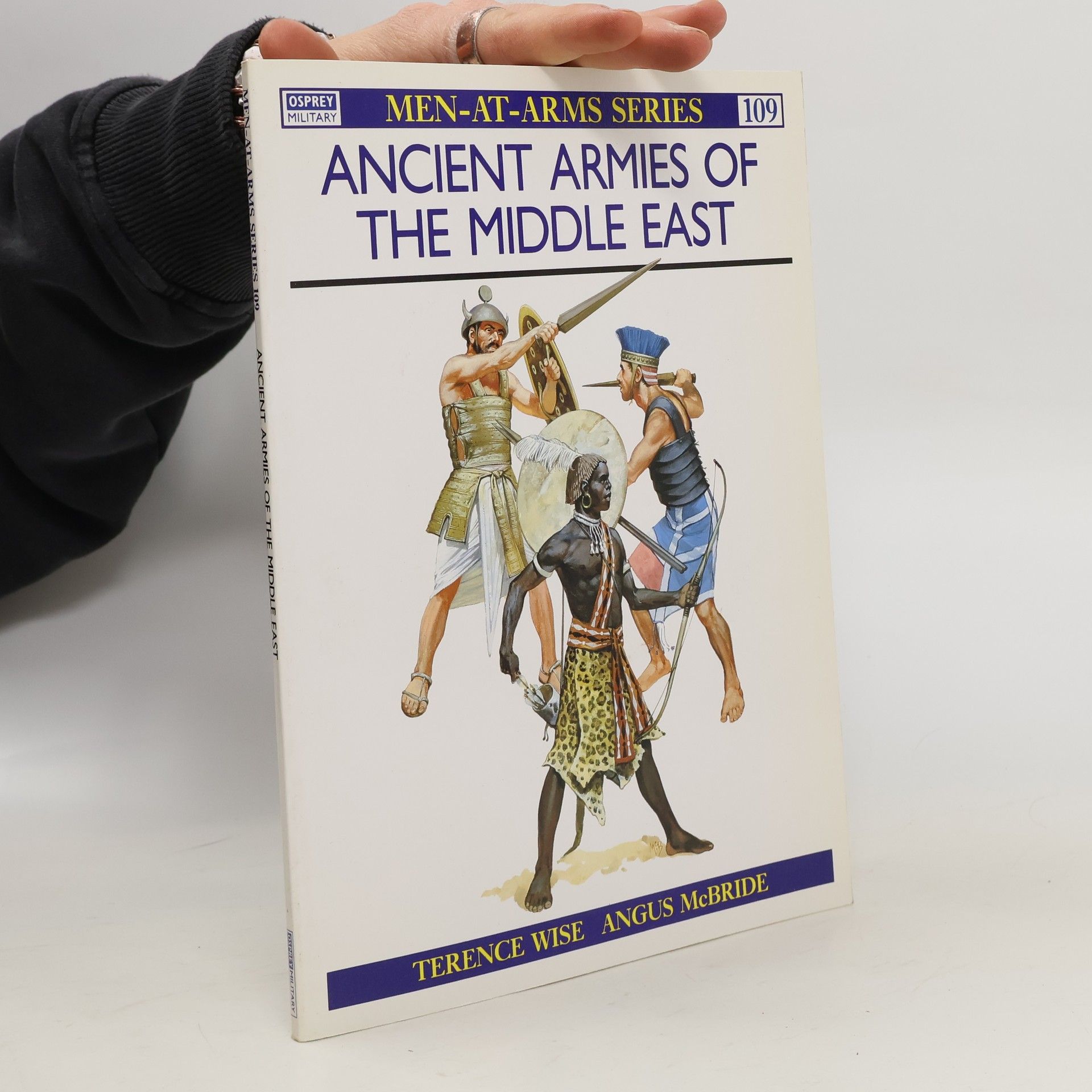Die Zeit zwischen 1300 und 1500 war in Europa von beinahe ständigem Kriegstreiben beherrscht. Aus den Folgen dieser Kriege bildete sich das Fundament eines Großteils der modernen europäischen Staaten; nationale Heere wurden gegründet, die die Unabhängigkeit der jüngst eroberten Territorien zu verteidigen hatten, jedoch noch nach feudalem Vorbild gebildet wurden. In diesem Buch werden Aufbau, Waffen und Ausrüstung der Heere, die im mittelalterlichen Europa kämpften, ausführlich erläutert – vom Hundertjährigen Krieg über die Spanische Inquisition bis zu den Französischen Feldzügen in Italien.
Terence Wise Bücher
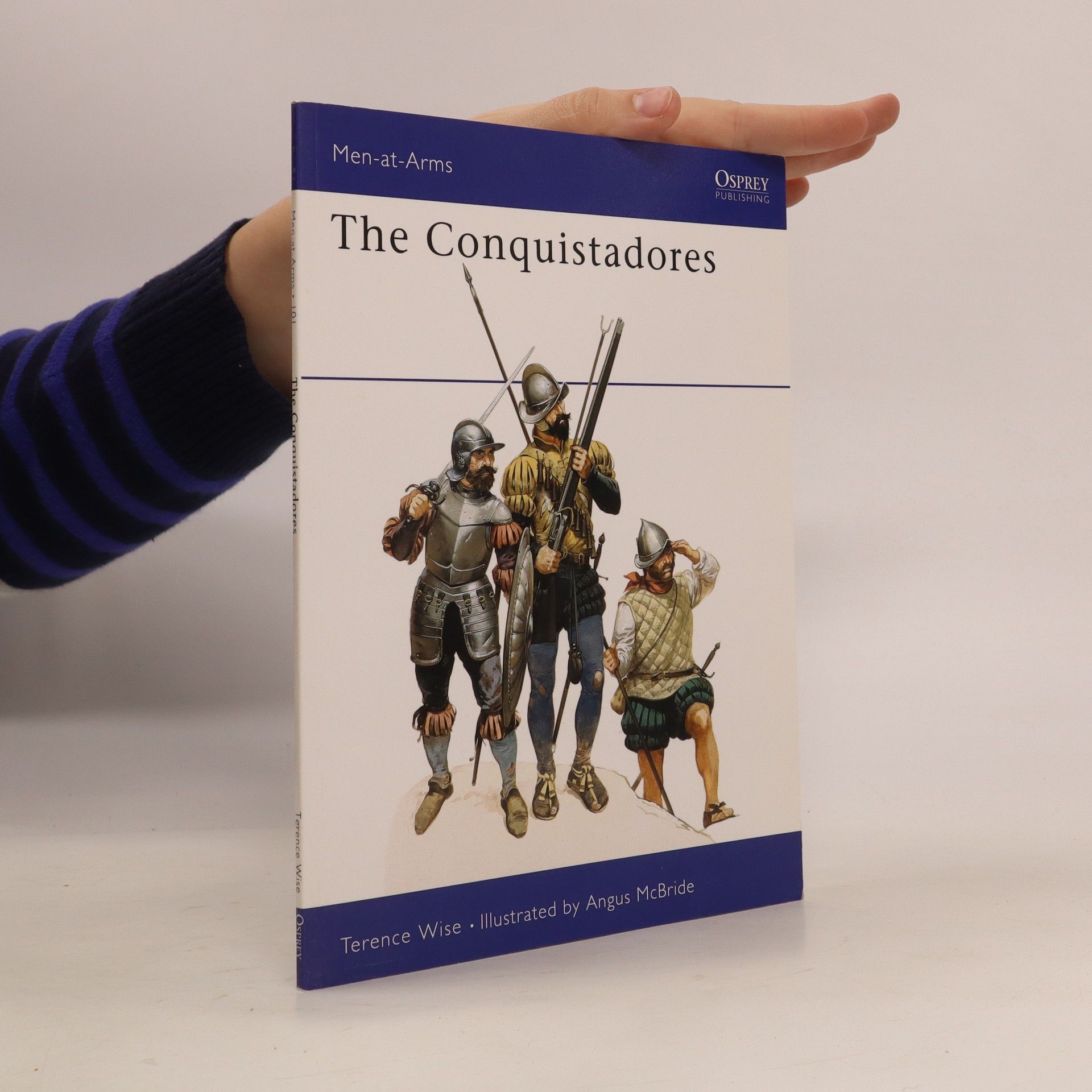
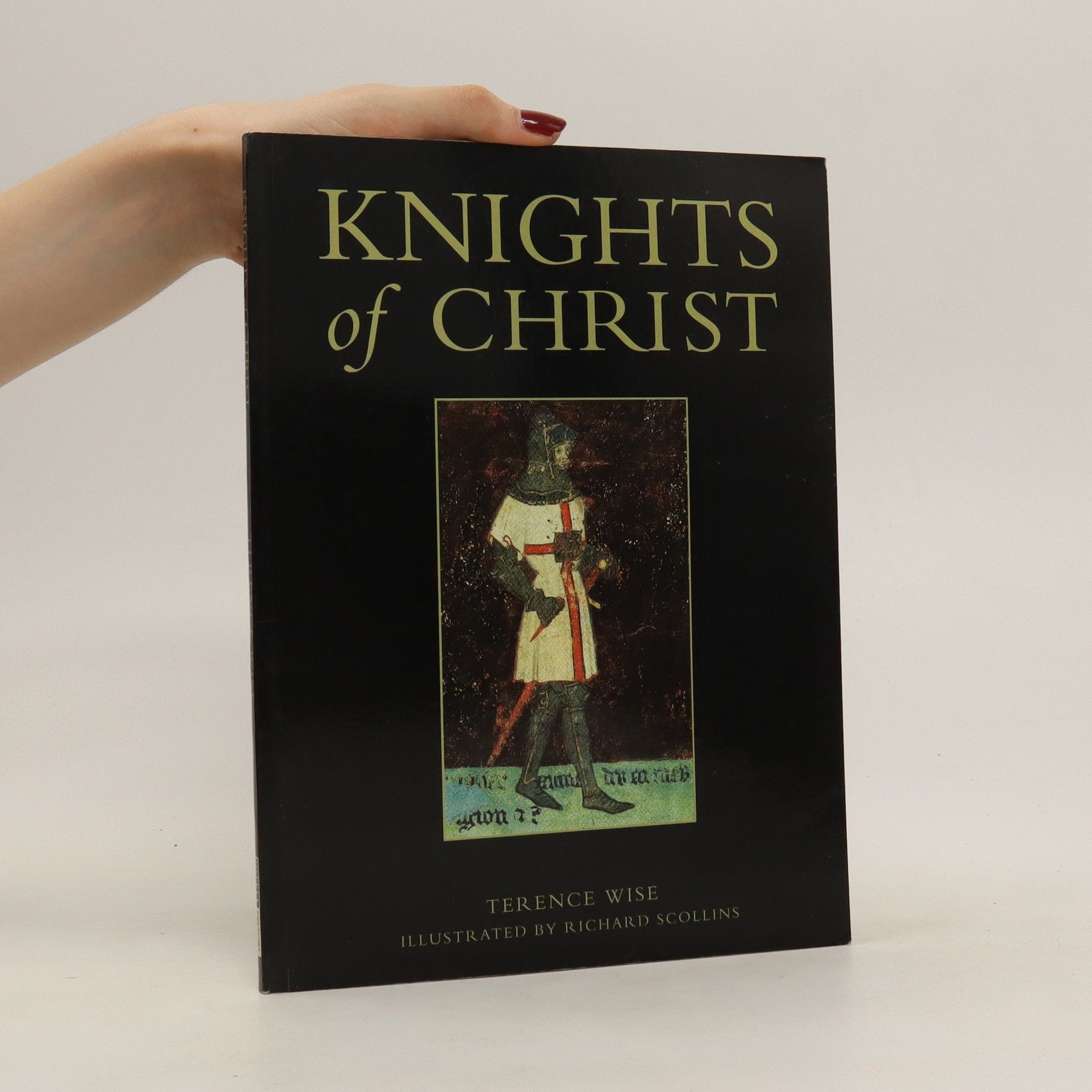



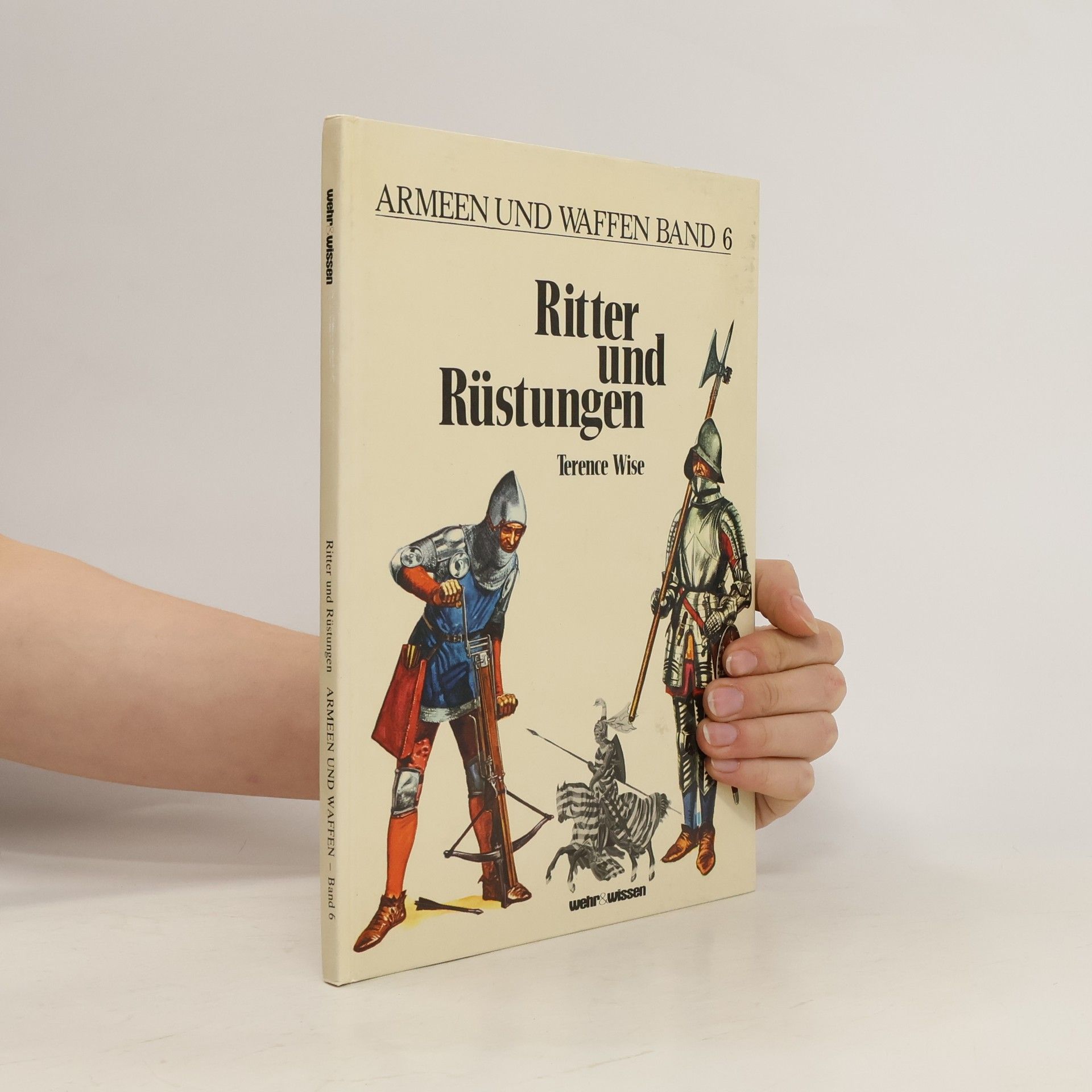
Flags of the Napoleonic Wars (3)
- 48 Seiten
- 2 Lesestunden
In this third of three volumes examining the flags of the Napoleonic Wars [Men-at-Arms 77, 78 & 115] Terence Wise details colours, standards and guidons of Anhalt, Kleve-Burg, Brunswick, Denmark, Finland, Hanover, Hesse, the Netherlands, Mecklenburg, Nassau, Portugal, Reuss, Spain, Sweden, Switzerland & Westphalia in a text containing a plethora of illustrations including eight full page colour plates by Guido Rosignoli.
Flags of the Napoleonic Wars (2)
- 48 Seiten
- 2 Lesestunden
From the Liebfahne and Ordinärfahne of Austria, to the eagle and wreath of Russia, the flags of the Napoleonic Wars comprised a range of designs and colors. The second in a series of three volumes focusing on flags of the Napoleonic Wars (1799-1815), this book examines the patterns, colors and guidons of Austria, Britain, Prussia and Russia, offering a rare glimpse into an often-overlooked subject in Napoleonic history. The text is packed with illustrations throughout, including color plates, sketches and tables detailing flag variants, patterns and inspection colors.
Armies of the Carthaginian Wars, 265-146 B.C.
- 48 Seiten
- 2 Lesestunden
The epic conflict between Rome and Carthage remains one of the most compelling stories of military history. The wars included such legendary events as the crossing of the Alps by Hannibal, and the Battle of Cannae. Terence Wise's fine text details the armies of both sides of the wars, including the many different allied troops employed by the Carthaginians; Numidians, Celts, Spanish and others who helped make the army one of the most colourful and cosmopolitan of its day. The text is accompanied by numerous illustrations and photographs, including eight full page colour plates by Richard Hook.
Knights of Christ
- 48 Seiten
- 2 Lesestunden
The ancient warrior code which persisted in medieval Christian Europe dictated that a man's greatest virtues were physical strength, skill at arms, bravery, daring, loyalty to the chieftain and solidarity within the tribe. The primitive Church had been diametrically opposed to such ideals, however by the early 8th century the Church had grown wealthy, and the Saracen invasions of Spain and France posed a threat to that wealth. The Roman Church began to support war in defence of the faith, and by channelling the martial spirit into the service of God, the brutal warrior of the past was transformed into a guardian of society.
The Conquistadores
- 48 Seiten
- 2 Lesestunden
On 12 October 1492 Columbus discovered the New World. In the following decade a number of Spanish colonies were founded in the West Indies, many of the settlers being ex-soldiers. They were a hardy, adventurous and unruly crew, no longer able to find suitable employment in Europe. They carved a foothold for Spain in the Indies, but quickly became restless in the role of settler. Anxious to avoid the dull work of the administrators and planters, these men began to seek new territories to exploit, once again turning their faces towards the unknown. This title documents both the Conquistadores themselves, and their formidable enemies in the New World - the Aztecs, Incas and Maya.
Flags of the Napoleonic Wars (1)
- 48 Seiten
- 2 Lesestunden
In the summer of 1804, the eagle was chosen as the symbol of the French Army by Napoleon himself. The Emperor's sculptor, Chaudet, made the original model, and from this were cast bronze copies in the workshop of Thomire, which would be proudly borne into battle by many a French regiment. This fascinating work by Terence Wise explores in depth the flags, colours and guidons of the Napoleonic Wars (1799-1815), concentrating on France and her allies, and covering every faction from Baden to Würzburg. This book is a must for anyone interested in this fascinating topic.
Saxon, Viking and Norman
- 48 Seiten
- 2 Lesestunden
If there is one thing we can be sure of concerning the Saxons, Vikings and Normans who inhabited the medieval world, it is that they were a good deal more advanced than some writings would have us believe. This fascinating book by Terence Wise explores the history, organization, clothing, equipment and weapons of Saxon, Viking and Norman peoples, covering wide-ranging topics such as Anglo-Saxon shields, Viking raiding ships and the organization of Norman armies.The absorbing and readable text is enriched by numerous illustrations and museum photographs with commentaries, plus eight superbly drawn full page colour plates by renowned military artist Gerry Embleton.
This text by Terence Wise explores some of the fascinating peoples who comprised the ancient armies of the Middle East: the Sumerians, who were the first to introduce the use of bronze into warfare, and were centuries ahead of the Egyptians in the use of the wheel – The Akkadians, whose citizen army was composed almost entirely of light troops – The Babylonians, whose people were granted land in return for army service – the horned warriors of the Elamites – the Egyptians, with thier heavy spearmen and archers – the tribal and warlike Libyans – Nubians and Ethiopians – Hyksos – the armies of the Hittite Empire – the Sea People and others.
Coats of arms were at first used only by kings and princes, then by their great nobles, but by the mid-13th century arms were being used extensively by the lesser nobility, knights and those who later came to be styled gentlemen. In some countries the use of arms spread even to merchants, townspeople and the peasantry. From the mundane to the fantastic, from simple geometric patterns to elaborate mythological beasts, this fascinating work by Terence Wise explores the origins and appearance of medieval heraldic devices in an engagingly readable style accompanied by numerous illustrations including eight full page colour plates by Richard Hook.
